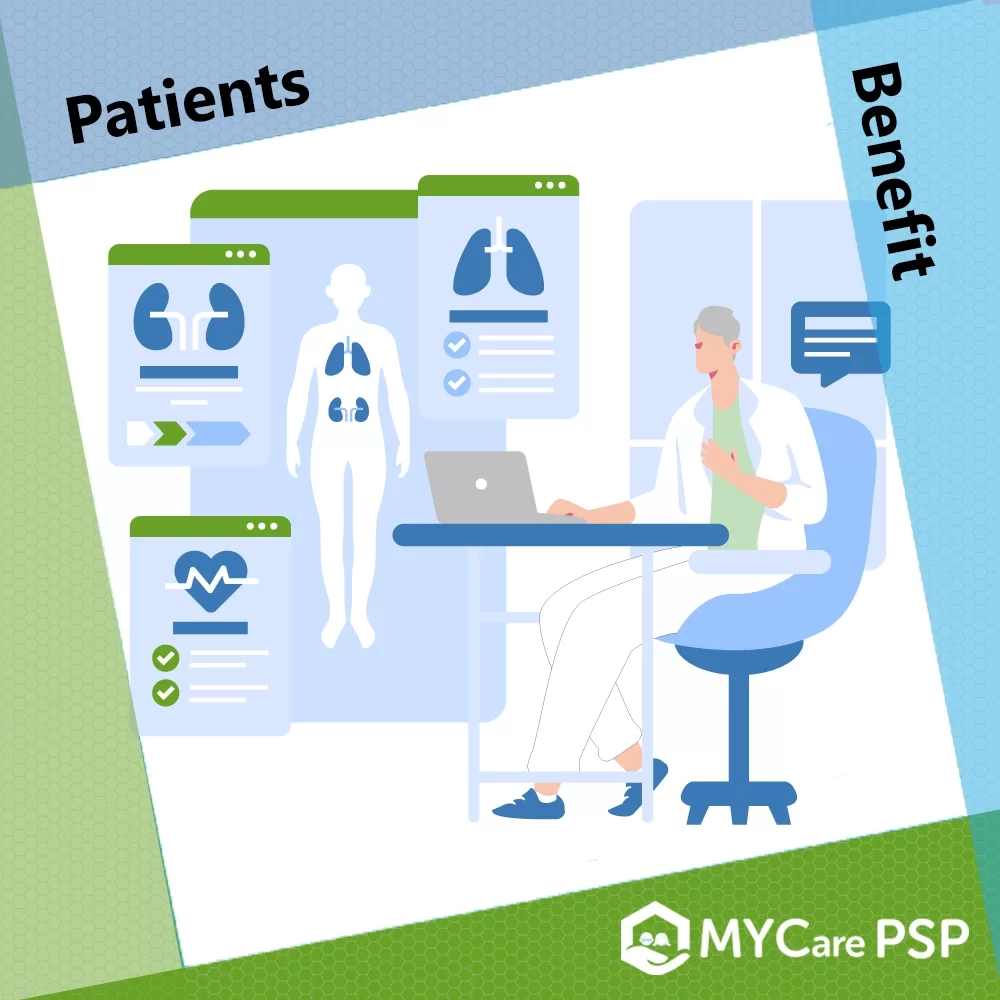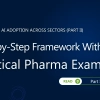PSPs – Patients’ benefits
Pharmaceutical companies need to demonstrate value propositions to payers that go beyond clinical efficacy due to the fact that healthcare systems are pressured more than ever by economic and social factors. This is particularly true for chronic conditions and degenerative diseases, where there is a long-term burden of care. Quality of life and patient experience are hugely important. Patient satisfaction is a key indicator of value in the new value-based purchasing system. Pharmaceutical companies are increasingly being looked over on these qualities of life dimensions.
Patient outcomes can be improved through a number of means. Apparently, a good education is crucial for healthcare professionals, patients and caregivers. Importantly, for the patients, information needs to be pitched at the right level to ensure that it is properly understood. A well-designed PSP can address this challenge and new technologies can overcome it. Adherence is another important factor, especially where treatment benefits may not be immediately felt by patients. Many therapies have unpleasant side effects and, while these may decrease over time, patients can often discontinue treatment too early.
The synergy between caregivers and MY Care PSP assists in navigating patients through the on-boarding and initial treatment period, improving long-term adherence, reducing discontinuation, and ultimately, delivering a better health outcome. At a more tactical level, many therapies are more involved than simply taking a pill once or twice a day. PSPs can provide training on effective self-medication, and they can do this in the comfort of the patient’s homes. This offsets the need to travel to a hospital or clinic, which is time-consuming, risky – in a pandemic, and, indeed, expensive for patients. Switching patient care from the clinic to the home is the desired goal of many health systems, as they look to improve the patient experience. PSPs are the obvious tools to achieve this objective.
MY Care PSP guarantees easier, faster, and more efficient management of patient support programs. Users can define the steps in a patient pathway – from patient enrollment to exit calls and everything in-between. They can add activities such as intake reminders, educational materials delivery, and countless others that suit a particular organization. This results in fulfilling and convenient on-the-clock communication, eventually, leading to better health outcomes for patients.





